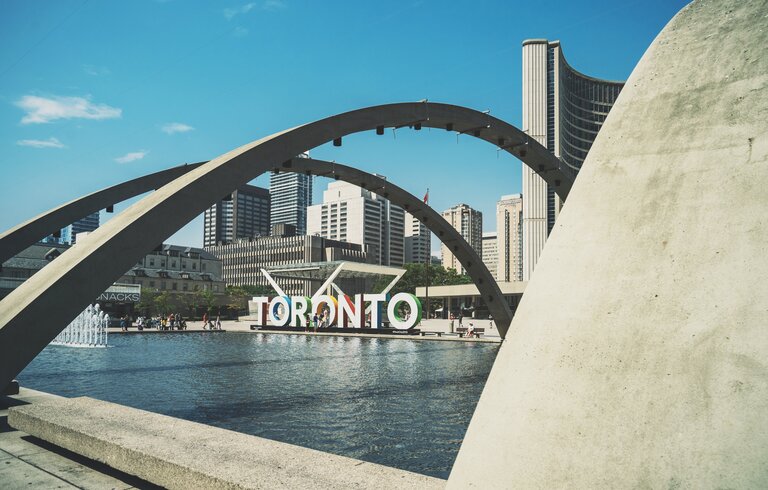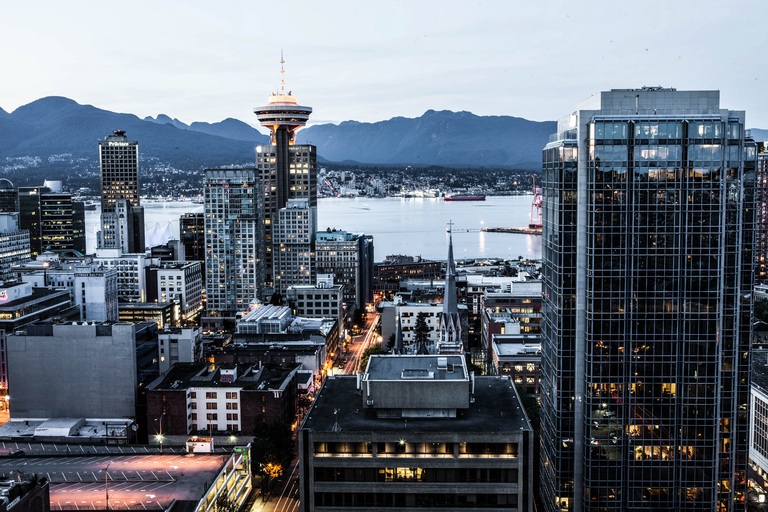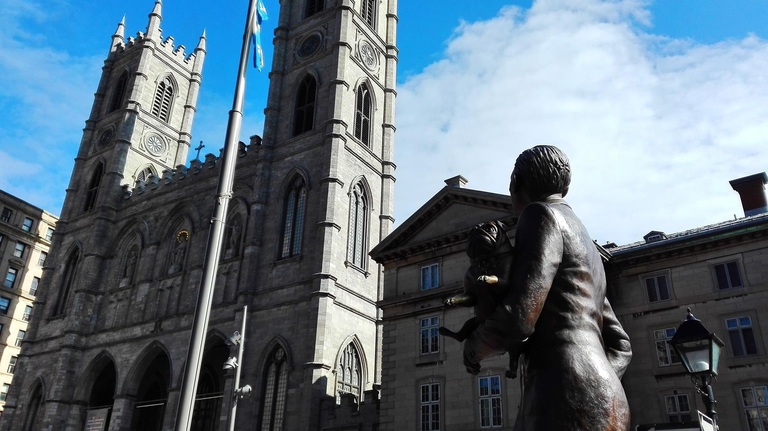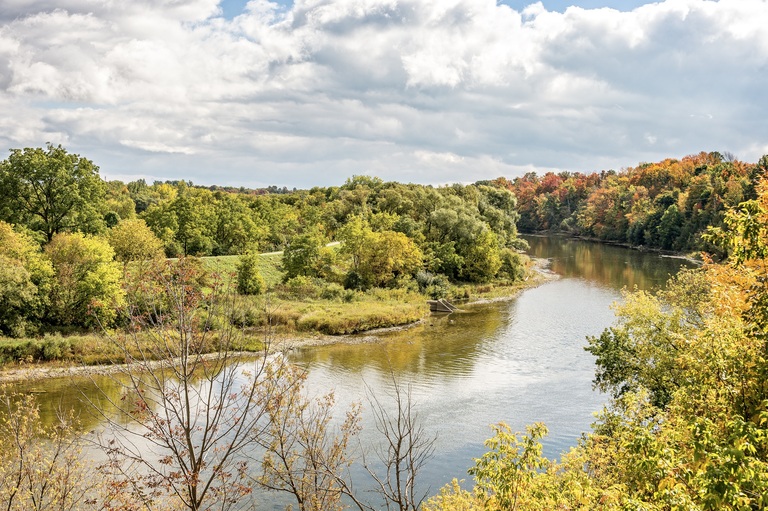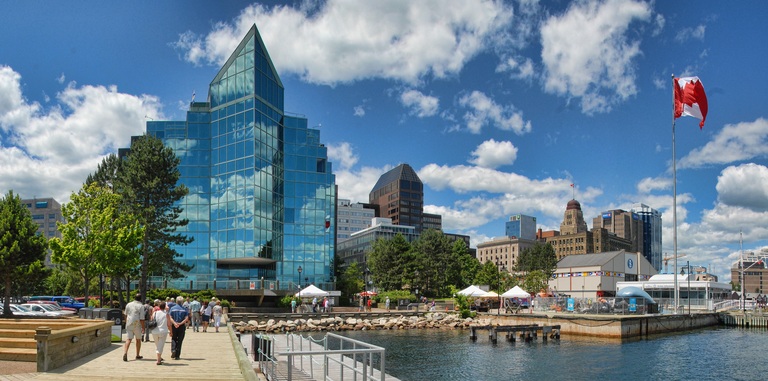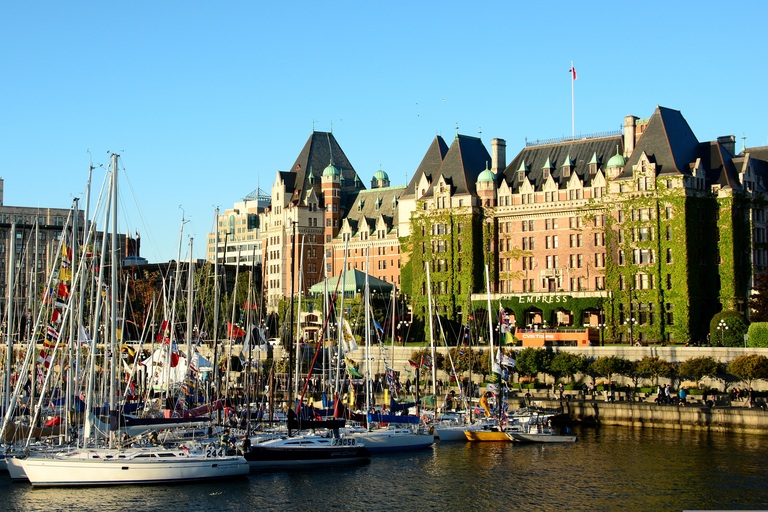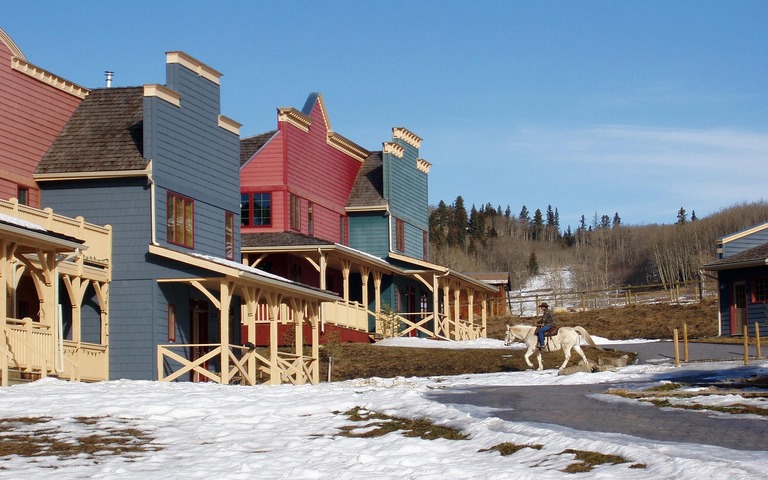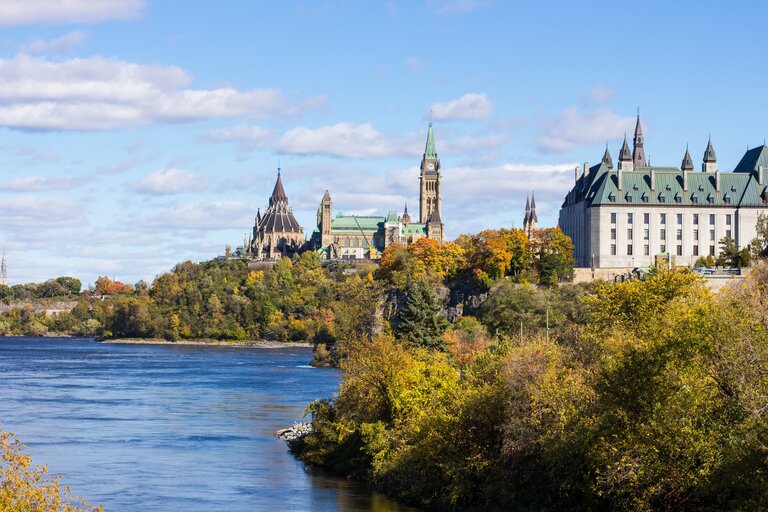Best places to live in Canada for US expats
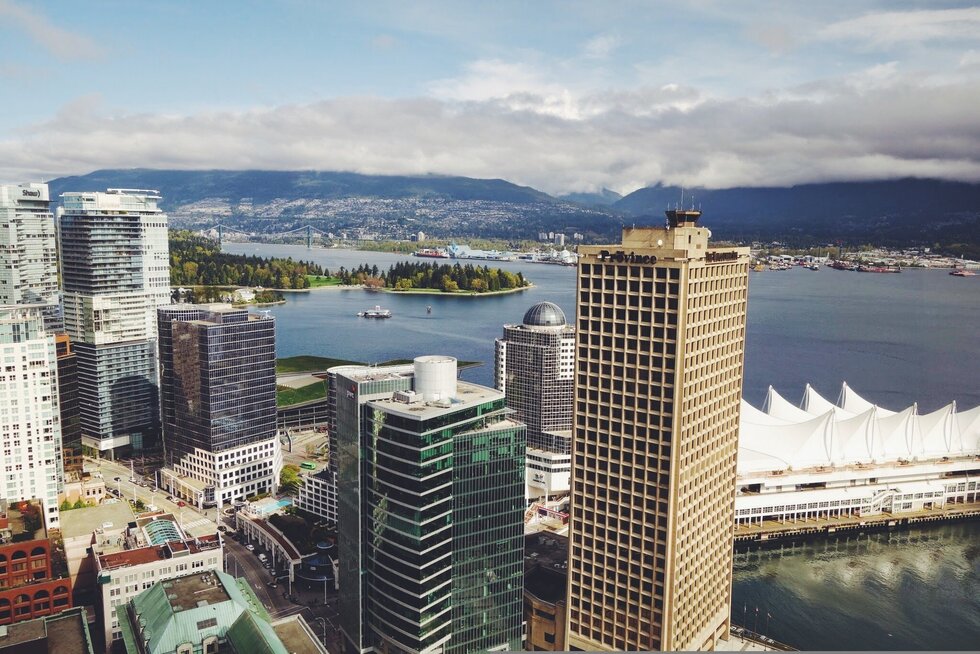
Finding the best place to live in Canada means weighing lifestyle, cost, and practical expat considerations that go beyond simple city rankings. Canada continues to attract Americans with its stability, open society, and opportunities across diverse regions. In the sections ahead, you’ll see how different cities balance affordability, quality of life, and expat-specific tips for making your move seamless.
This article is brought to you by Taxes for Expats – a trusted partner for Americans abroad navigating complex tax rules. We provide guidance so your relocation journey is smooth and your financial obligations stay under control. Our expertise helps ensure your cross-border move remains stress-free from day one.
Why does life in Canada draw so many expats
For English speakers, integration into daily routines is relatively easy in most major metros, where public services and workplaces operate in both official languages. Families in particular benefit from accessible healthcare, schools, and green spaces that encourage stability and belonging.
- Global liveability recognition – Vancouver ranks in the EIU Global Liveability top 10 in 2025, while Calgary shifted to 18th. Vancouver also tops the index as North America’s best-rated metro area, showing how one area can outperform in global quality-of-life measures.
- Safety trend moving the right way – Canada’s police-reported Crime Severity Index fell 4% in 2024, and the national homicide rate dropped 14% to 1.94 per 100,000 in 2023. These shifts make Canada a reliable choice for those who value settling in the safest place possible for daily living.
- Universal healthcare – The tax-funded healthcare system ensures coverage for residents, though newcomers may face up to a 3-month wait. Planning for interim private coverage makes transitions easier for both individuals and families.
- Diverse, welcoming society – With 23.0% of residents foreign-born (2021 Census) and 98.1% speaking English or French, newcomers can easily connect to communities where shared culture and support are already strong. This diversity helps American expats feel less isolated.
- A clear path to contribute – With the right visa or permanent resident status, an expat can live and work in Canada while enjoying stable rights and benefits. Immigration targets expect 395,000 new permanent residents in 2025, creating pathways to long-term settlement.
- Opportunity magnets for young adults – Tech hubs are thriving: in 2025, Toronto ranks #3 and Waterloo Region #7 among North American tech-talent markets. These areas give young adults career access without the cost burdens of US tech hubs.
Toronto, Ontario & its economic hub and diverse culture
Toronto anchors finance and tech, with CBRE ranking it North America’s No. 3 tech-talent market in 2025. Numbeo shows a Safety Index of 56 and a Health Care Index of 74, underscoring strong services despite urban density. Housing is dear; the property-price-to-income ratio sits near 12.0, so neighborhoods and transit access matter. For a popular landmark, the CN Tower rises 553.3 m, defining the skyline.
Toronto, Ontario, Canada. PHOTO CREDIT: PIXABAY
Residents find international food, festivals, and flights that connect easily to US hubs. Monthly non-rent costs for a single person often land around C$1,565. Diversity is tangible 46.6% foreign-born in the CMA, which eases landing for newcomers. It remains a great staging point for careers and culture.
Vancouver, British Columbia & its mild climate and expat networks
Vancouver pairs ocean views with mountains and Canada’s mildest big-city winters. It draws a large immigrant share, 42% foreign-born, and a dynamic screen sector. Housing is expensive, so many weigh lifestyle against budget.
Vancouver, British Columbia, Canada. PHOTO CREDIT: PIXABAY
- Climate & parks. A very high Climate Index (91) meets Stanley Park’s 400 hectares, a great place to run, cycle, or stroll the seawall. Pack for rain, enjoy year-round greenspace.
- Costs. Typical non-rent spend for one is C$1,467/month, while purchasing power is tempered by high real-estate ratios. Budget carefully if you’re buying.
- Industries. Film, TV, and VFX projects have a $4B impact in 2025, complemented by tech and tourism helpful for cross-border careers.
- Iconic spot. The seawall loops views from Coal Harbour to English Bay; weekend escapes reach the North Shore in minutes.
We reviewed fresh roundups and city stats to help US movers choose confidently. Our scan blends indices with local facts so you can compare the best cities to live in Canada at a glance.
Montreal, Quebec, with its European vibe & bilingual life
Montreal blends café culture with AI, gaming, and aerospace, and welcomes English-French fluency. 56.4% of the CMA is officially bilingual, making daily life smoother for dual-language workers. Costs are gentler than the Toronto Cost-of-Living Index, 61 vs. Toronto 66, and the price-to-income ratio (9.6) is more forgiving. Young adults often pick walkable boroughs near the Metro.
Montreal, Quebec, Canada. PHOTO CREDIT: PIXABAY
Mount Royal Park, designed by Olmsted, crowns the skyline and anchors four-season city life. Expect winters with snow, yet strong transit and festivals to match. Plan for QST 9.975% + GST 5% on purchases, which nudges daily budgets. Old Montreal’s lanes and marchés make everyday errands feel like a city break.
Waterloo Region, Ontario, for founders & scale-up energy
Kitchener-Waterloo punches above its size with University of Waterloo talent and dense start-ups. In 2025, CBRE vaulted the region into North America’s top ten tech-talent markets. Costs sit below Toronto non-rent basics for an average C$1,479, and townhouse stock helps buyers.
Waterloo Region, Ontario, Canada. PHOTO CREDIT: PIXABAY
- Tech fabric. Concentration tops 10% of total employment, rare outside mega-hubs and community hubs like Communitech knit founders together.
- Quality signals. Numbeo lists a moderate Cost-of-Living Index (61) and PPIR 8.9, giving room to build equity.
- Iconic place. Uptown Waterloo and Kitchener’s core bookend a lively King Street, with cafés and galleries near the ION LRT.
- Fit. This is a smart pick for young adults in engineering, product, or research cycles.

Halifax, Nova Scotia & its growing expat scene, and coastal pace
Halifax mixes universities, shipyards, and ocean tech with a harbor that sets the daily mood. Monthly basics without rent sit C$1,457 for one and C$5,195 for a family of four. The Safety Index (60) is solid for a port city, and downtown remains walkable. Communities welcome newcomers with a friendly, small-capital vibe.
Halifax, Nova Scotia, Canada. PHOTO CREDIT: PIXABAY
History loops through Halifax Citadel, and day-trippers chase sunset photos at Peggy’s Cove. Winter winds bite, but coastal summers and seafood offset the chill. Rents remain below Toronto/Vancouver levels, though supply tightened in recent years. Flights often route via Montreal or Toronto – plan connections for US trips.
Victoria, British Columbia, with its gentlest winters & island tempo
Victoria trades skyscrapers for ferries, heritage streets, and a slower rhythm that suits semi-retirees and remote workers. Costs skew premium for a smaller city non-rent basics for one run C$1,542 but commute times are short and the air is clean. Many readers include Victoria when shortlisting the best places to live in Canada for climate alone.
Victoria, British Columbia, Canada. PHOTO CREDIT: PIXABAY
- Climate edge. Among Canada’s kindest winters with abundant sun bursts, a frequent reason people relocate from colder provinces.
- Numbers. Victoria’s Quality-of-Life score ranks high nationally (178.5 mid-year 2025). Housing is competitive; plan viewings early.
- Iconic place. Stroll the Butchart Gardens a National Historic Site for a botanical reset any month.
- Daily living. Island logistics add time to mainland trips, yet weekend ferries/floatplanes make getaways easy.
Calgary, Alberta: good for jobs and family space
Calgary mixes energy, engineering, and fast-rising tech; CBRE notes the fastest tech-job growth among major North American hubs and a No. 17 overall ranking in 2025. The broader labour picture has wobbles. CER unemployment was 7.8% in April 2025, but median wages and housing space were appealing. Everyday purchases stretch further with no provincial sales tax, only 5% GST. Weekends point west to Banff and Canmore in under two hours.
Calgary, Alberta, Canada. PHOTO CREDIT: PIXABAY
Families appreciate detached-home options and schools spread across safe, car-friendly suburbs. Non-rent monthly basics for one run C$1,581. Winters are cold and sunny, dress for chinooks and deep freezes alike. The downtown + river paths give quick nature resets between meetings.
Ottawa, Ontario: the capital city with government careers
Canada’s capital feels manageable, bikeable, and polished. It carries a high Safety Index (68) and a balanced job mix led by the federal public service and suppliers. If quality of life means clean parks and museums over nightlife, the match is strong.
Ottawa, Ontario, Canada. PHOTO CREDIT: PIXABAY
- Numbers. Non-rent monthly basics for one average C$1,482; for a family of four, C$5,331, mid-pack among big Canadian cities. Budget for 13% HST on most purchases.
- Iconic place. Tour Parliament Hill, then skate or cycle the Rideau Canal, a UNESCO site threading through the city.
- Neighbourhood feel. The Glebe, Westboro, and New Edinburg offer leafier streets; transit links improve steadily.
- Work streams. Policy, cyber, defence, and bilingual roles cluster in Ottawa-Gatineau, rewarding French skills.
NOTE! Canada’s provinces apply different sales taxes. Alberta charges only 5% GST, while Ontario (13% HST), British Columbia (12%), and Quebec (nearly 15%) add more to everyday costs. For US expats, those local levies layer on top of cross-border obligations, since residents must still file US returns and manage issues like foreign tax credits, RRSP deferrals, and PFIC rules. This guide is a great place to weigh both Canadian city options and the US-Canada tax details that shape the real quality of life.
Moving to Canada? Speak with a tax pro first
Picking the best places to live in Canada is smoother when your tax plan is set – provincial sales taxes, cost of living, and payroll rules all affect your real budget. For US filers, that means annual IRS returns, Form 1116 foreign tax credits, FBAR/FATCA reporting, and smart choices around RRSPs while avoiding PFIC traps in Canadian funds.
Taxes for Expats helps you compare cities through a financial lens and stay compliant, so your move feels seamless from lease signing to first paystub.

FAQ
Most Americans settle in Ontario and British Columbia, especially in Toronto and Vancouver, while others choose Montreal, Calgary, or Ottawa.
For affordability, Winnipeg and Quebec City rank among the top options, and smaller Atlantic cities like Saint John also offer good value. These are often highlighted when comparing the best places to live in Canada on a budget.
Housing costs in big cities remain high, provincial sales taxes can add up, and some newcomers face a waiting period before health coverage starts.
Canada generally records lower violent crime rates, with homicide levels several times lower than in the US.
Yes, provided you qualify for a work permit or permanent residency. Once your status is approved, you can explore the best cities to live in Canada that fit your career and lifestyle goals.
Victoria and Vancouver, in southern British Columbia, enjoy the mildest winters and the most temperate climate year-round.
Healthcare is tax-funded and usually free at the point of service, though many provinces require up to three months before new residents can access coverage.
Income tax rates are progressive and vary by province; Alberta’s 5% GST keeps costs lower, while Ontario’s 13% HST raises the overall burden. For US expats, these provincial differences matter alongside IRS filing obligations and foreign tax credits when weighing the best cities to live in Canada.




